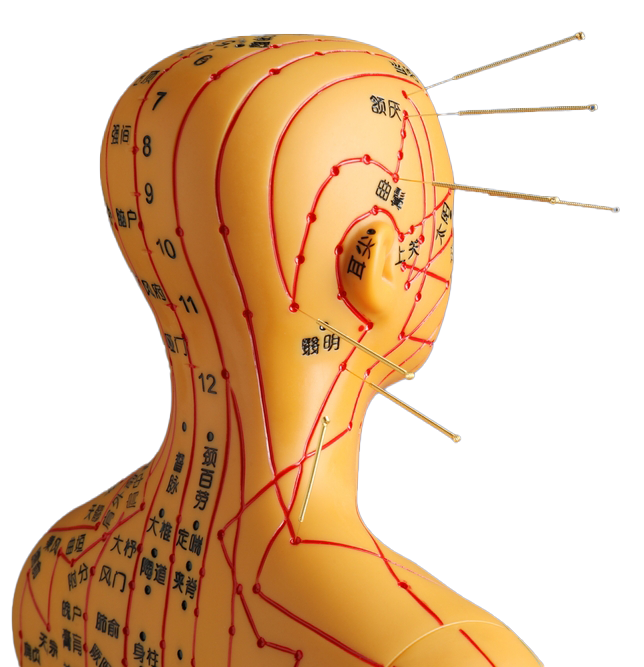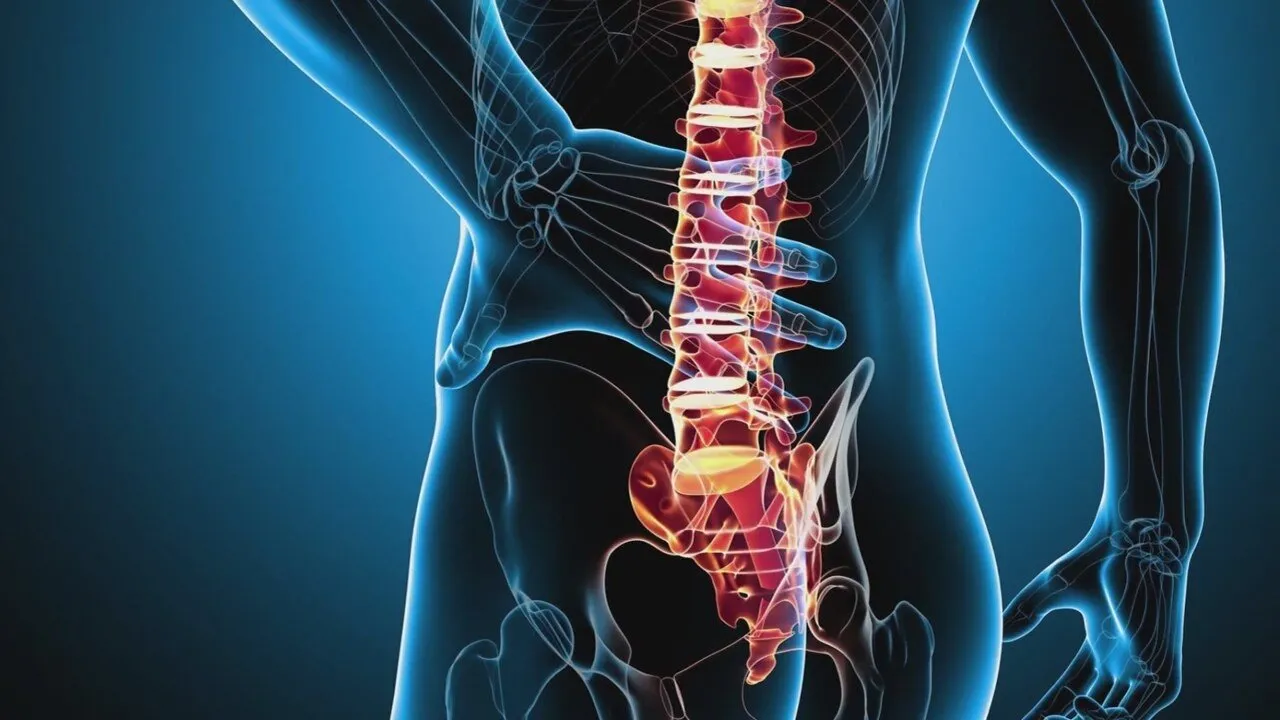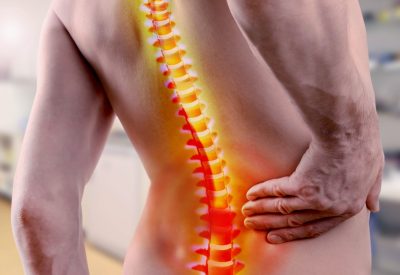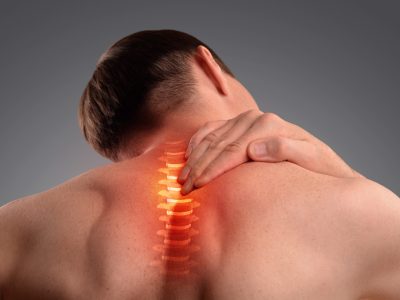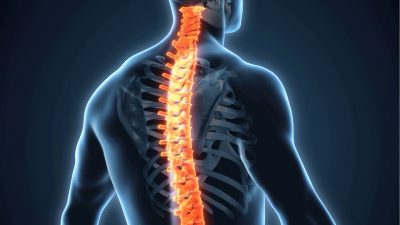- Facet joint Radiofrequency Thermocoagulation (RFT) Treatment
- Radiofrequency Thermocoagulation Dorsal root ganglion (DRG) radiofrequency thermocoagulation (RFT)
- Discitis Procedure
- Sacroiliac Joint Radiofrequency Treatment (Simplicity)
- In-Disc Ozone Therapy
- Nucleoplasty
- Transforaminal Injection (Pinpoint)
- Facet joint block
- Epidural Injection
Discitis Procedure
- Home
- Low Back Pain TreatmentsLeg & Foot Pain Treatments
- Discitis Procedure
Contents
Toggle- Creating an individualised treatment plan
- The role of different specialities (physiotherapist, orthopaedist, psychologist, neurosurgeon)
- Pain treatment during pregnancy
- Treatment of chronic pain in the elderly
- Pain management in children
- Stress management
- Healthy eating
- Ergonomic living arrangements
- Exercise and mobility
- Facet joint Radiofrequency Thermocoagulation (RFT) Treatment
- Radiofrequency Thermocoagulation Dorsal root ganglion (DRG) radiofrequency thermocoagulation (RFT)
- Discitis Procedure
- Sacroiliac Joint Radiofrequency Treatment (Simplicity)
- In-Disc Ozone Therapy
- Nucleoplasty
- Transforaminal Injection (Pinpoint)
- Facet joint block
- Epidural Injection
- Cancer pain
- Permanent Epidural / Spinal Port Application
- Vascular Port (Permanent Vascular Access)
- Trigeminal Nerve RFT
- Blockade of Ganglion Stellatum
- Lumbar Sympathetic Ablation
- Facet joint Radiofrequency Thermocoagulation (RFT) Treatment
- Radiofrequency Thermocoagulation Dorsal root ganglion (DRG) radiofrequency thermocoagulation (RFT)
- Hernia Burning (IDET)
- Discitis Procedure
- Sacroiliac Joint Radiofrequency Treatment (Simplicity)
- Permanent Epidural / Spinal Port - Pump System
- In-Disc Ozone Therapy
- Nucleoplasty
- Peripheral Nerve Block
- Transforaminal Injection (Pinpoint)
- Facet joint block
- Epidural Injection
- Intra-articular Fluid Treatment
- Dorsal root ganglion (DRG) radiofrequency thermocoagulation (RFT)
- Spinal cord stimulation (pain pacemaker)
- Ergonomic living arrangements
- Spinal cord stimulation (pain pacemaker)
- Nucleoplasty
- Radiofrequency ablation
- Herbal solutions
- Dry needle treatment
- Anti-ageing treatments
- Ozone therapy
- Cupping therapy - Cupping
- Mesotherapy
- Prolotherapy
- Acupuncture
- Stem Cell Therapy
- Nerve blockages
- Corticosteroid injections
- Massage and relaxation techniques
- Manual therapy
- Electrotherapy
- Neuropathic pain medications
- Anti-inflammatory drugs
- Muscle relaxants
- Painkillers (paracetamol, ibuprofen, etc.)
Discitis procedureis a medical intervention for the diagnosis and treatment of infections in the spinal discs (discitis). Discitis is a condition in which the spinal discs become infected, often affecting the surrounding vertebral bodies. This procedure is performed to control the infection, diagnose and relieve symptoms.
What is discitis?
- Diskitis defined as an infection of the spinal discs. It is usually bacterial or rarely fungal.
- This infection usually develops when the discs become infected through the blood. In some cases, it may occur after surgery or invasive procedures.
- Discitis can cause severe back pain, limitation of movement, fever and sometimes neurological symptoms.
Objectives of the Diskit Procedure
- To diagnose the source of infection (bacterial, fungal, etc.).
- Stopping the progression of spinal infection.
- Relieving pain and stabilising the spine.
- Prevent complications (e.g. spinal deformity or nerve compression).
Types of discitis procedure
1. Diagnostic Procedures
A sample of the infected disc is taken for diagnosis:
- Disc Aspiration:
- Under fluoroscopic or computed tomography (CT) guidance, a thin needle is inserted into the infected disc.
- A sample of the infected tissue or fluid is taken and sent to the laboratory.
- This sample is subjected to microbiological and histopathological examination to identify the infectious agent.
2. Therapeutic Procedures
- Antibiotic or Antifungal Application:
- The antibiotic or antifungal medicine is injected directly into the disc.
- This is done to support systemic treatment and to allow the infection to be controlled more quickly.
- Decompression and Cleaning:
- Surgically, infected disc tissue and dead tissue can be removed (discectomy).
- This is done to relieve pressure on the nerve roots and clear the infection.
3. Surgical Interventions
- Discectomy Removal of the infected part or the entire disc.
- Fusion Surgery: Immobilisation of the infected segment to ensure spinal stability.
- Drainage Abscesses or infected fluids can be removed by surgical drainage.
How is the Procedure Performed?
- Preparation:
- The patient is assessed according to the severity of the infection.
- Blood tests and imaging methods such as MRI and CT are used to identify the infected area.
- The procedure is usually performed under local or general anaesthesia.
- Targeting with Imaging Assistance:
- Under fluoroscopic or CT guidance, the location of the infected disc is determined.
- Needle or Surgical Instrument Placement:
- A thin needle or surgical instrument is guided into the disc for diagnostic or therapeutic purposes.
- Clearing of Infection or Sample Collection:
- The disc can be aspirated or the infected tissue removed.
- If medication is to be administered, it is injected directly into the disc at this point.
- Completion and Follow-up:
- After the procedure is completed, the patient is placed under observation.
- Treatment is usually supported by systemic antibiotic or antifungal therapy.
Advantages of the Procedure
- Rapid Diagnosis: It quickly identifies the pathogen causing the infection and initiates appropriate treatment.
- Targeted Treatment: It allows antibiotics to be administered directly to the infected area.
- Pain Reduction: It quickly relieves pain by reducing pressure on the nerve roots.
- Prevention of Complications: It prevents the infection from progressing and causing spinal deformities or nerve damage.
Risks and Side Effects
The discitis procedure is usually a safe procedure, but the following complications can rarely occur:
- Infection: A new infection may develop at the site of the procedure.
- Haemorrhage Especially in patients on blood thinners.
- Nerve Damage Affection of nearby nerve tissues is a rare complication.
- Inadequate Cleaning: If the infection cannot be cleared completely, re-intervention may be necessary.
Post Procedure Care
- Antibiotic Therapy: Antibiotic treatment is usually applied for 4-6 weeks after the procedure to completely clear the infection.
- Physical Activity: Movements can be limited to reduce stress on the spine.
- Regular Checks: Regular blood tests and imaging are performed to evaluate the response to treatment.
Conclusion
Discitis procedureis a critical method to manage chronic pain and loss of function due to infection in the spinal discs. Early diagnosis and treatment is crucial to prevent the spread of infection and serious complications. Therefore, patients with suspected discitis should consult a specialist doctor quickly.
Our treatments
- Home
- Low Back Pain TreatmentsLeg & Foot Pain Treatments
- Discitis Procedure
